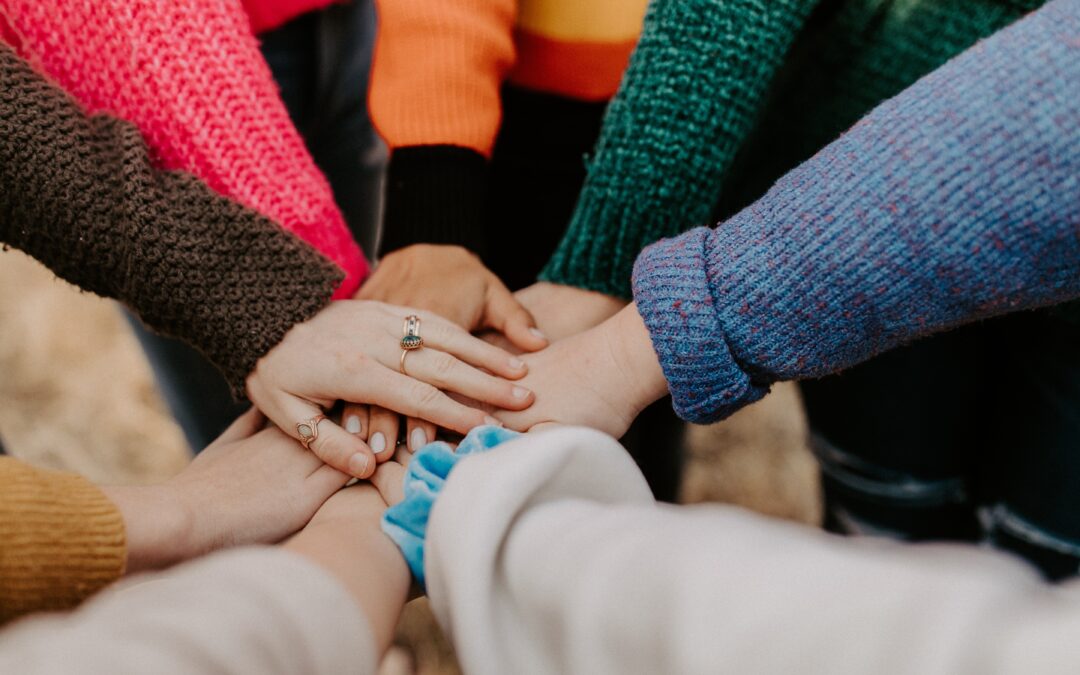Peer work is an invaluable aspect of community support and institutional growth. At its core, it revolves around individuals supporting others who share similar experiences or challenges. This genuine connection creates a bond of trust and understanding, fostering a nurturing environment for growth and healing. Many overlook the profound impacts peer workers can make, but these dedicated individuals bring empathy and firsthand knowledge, offering unique insights that others might miss. The importance of hope in peer work shines brightly in these interactions. It uplifts the spirit and acts as a guiding light, paving the way for positive change. In essence, coupled with dedication, it can transform lives, making every interaction a stepping stone toward a brighter future.

A positive outlook on things and life in general is a way to live a better life. by Priscilla Du Preez 🇨🇦 on Unsplash
The Defining Essence
Hope stands out as a unique emotion, rooted deeply in our psyche, that propels us forward even in challenging times. It’s more than just wishful thinking; it’s a mindset, a belief in possibilities, and the potential for a brighter tomorrow. While hope and optimism center on positive expectations, they differ in their essence. Optimism tends to be a generalized expectation that good things will happen, irrespective of our actions. On the other hand, hope intertwines with personal agency, suggesting that our efforts can lead to desired outcomes. This subtle yet profound difference highlights how it motivates us to take proactive steps. It’s a driving force, compelling individuals to act, innovate, and persevere. By inspiring change and nurturing perseverance, it emerges as a powerful tool for individuals, communities, and societies to evolve, adapt, and thrive.
The Importance of Hope in Peer Work: Harnessing its Power
There’s a symbiotic relationship between the two, each magnifying the strengths of the other. The importance of hope in peer work lies in its ability to transform how individuals approach challenges and find solutions. An encouraging outlook isn’t just about expecting the best; it’s about believing in one’s capacity to effect change and encouraging others to do the same. This perspective can make all the difference, turning obstacles into opportunities. A good peer support specialist recognizes this power and often employs specific techniques to foster it. They might share success stories to illustrate the possibilities, use affirmations to reinforce positive beliefs, or even engage in goal-setting sessions to map out a brighter path forward.

The importance of hope in peer work is especially prevalent in study groups. by Priscilla Du Preez 🇨🇦 on Unsplash
Enhancing Connectivity
One of the remarkable qualities of hope is its innate ability to bridge gaps, even in the most challenging scenarios. It fosters a common ground where differences fade and connections strengthen by focusing on a shared future.
Diverse backgrounds and varied experiences of those involved often test peer relationships. Yet, shared aspirations offer a binding thread. This mutual aspiration draws individuals closer and facilitates more profound conversations and shared goals. Furthermore, a layer of trust and understanding is introduced, helping build a strong support system. It assures peers that, despite any current struggles, there’s a shared belief in better days ahead. This assurance builds a foundation for establishing lasting and impactful relationships. In essence, hope acts as the glue, binding peers together in a bond fortified by a shared vision and mutual trust.
Measuring the Unmeasurable: Quantifying the Impact
Quantifying the influence of this intangible emotion might seem challenging, but research has ventured into this domain with promising results. A study published in the Journal of Positive Psychology indicated that individuals with higher levels of hope demonstrated better problem-solving abilities, greater resilience, and overall improved well-being. Furthermore, according to a survey by the American Psychological Association, positive individuals reported 23% fewer health-related issues than their counterparts, providing a clear statistical connection to physical well-being.
Delving deeper into peer interactions, a study from Harvard University highlighted that participants who engaged in encouraging conversations reported a 34% higher rate of goal achievement and satisfaction over a six-month period than those who didn’t. Such improved outcomes underscore the significance of integrating hope into interactions, showcasing that it’s not just a fleeting emotion but a potent force driving tangible results.

The importance of hope in peer work is especially prevalent in study groups. by Brooke Cagle on Unsplash
Situations Where Peer Work Proves Most Beneficial
- Recovery: Peer work shines bright in recovery scenarios. Individuals recovering from trauma, addiction, or significant life changes find solace and understanding in their peers. Their shared experiences foster genuine connections.
- Counseling: Peer-led sessions offer an environment where participants can share their feelings without fear of judgment. This unique setting can often lead to breakthroughs and personal revelations.
- Academic Support: In educational settings, peer tutors or study groups provide targeted help to students. The encouragement shared among peers can significantly boost learning outcomes.
Tools and Techniques: Peer Interactions
Cultivating hope, especially in peer interactions, is both an art and a science. Here’s a comprehensive guide to tools and techniques that have proven effective:
- Being mindful and meditating: Grounding oneself in the present moment, acknowledging emotions without judgment, and fostering an awareness of the ‘now’ can naturally lead to a better outlook.
- Gratitude journals: Encouraging peers to jot down daily moments of gratitude can shift focus from challenges to blessings.
- Goal-setting exercises: Crafting clear, achievable goals gives direction. Breaking them into small steps makes the journey towards fulfillment seem more attainable.
- Storytelling: Sharing success stories, personal triumphs, or tales of overcoming adversity can help immensely.
- Technological aids: Modern-day apps, such as Hopeful Minds or Resilience Builder, offer resources and exercises to enhance dialogues.
Overcoming Challenges
Despite its many advantages, peer work often comes with challenges. Misunderstandings, differences in opinions, and varying levels of expertise can sometimes create friction. Furthermore, there may be instances where external factors, like societal pressure or personal stressors, weigh heavily on the collaboration. However, the silver lining here is the power of hope. Through its lens, challenges become growth opportunities. It encourages individuals to seek common ground, prioritize understanding, and work harmoniously. Vast and varied are the benefits of peer support, but the infusion of hope amplifies its effectiveness. It offers a perspective shift, turning obstacles into mere stepping stones. Peers can lean on each other, find solutions, and build bridges over gaps. In essence, hope doesn’t just help overcome challenges; it transforms them into experiences that fortify peer relationships.
Conclusion
The importance of hope in peer work cannot be understated. This foundational emotion, deeply intertwined with our psychology, can uplift, motivate, and bring positive changes. As we’ve seen, hope enhances outcomes in various settings, from recovery to academic support. Yet, its influence doesn’t end there. As we move forward, envisioning a collaborative world where we meet challenges with optimism and determination becomes essential. By actively fostering and propagating this sentiment, we can shape an environment where peers support one another and inspire collective growth.
Author’s Bio:
Samantha Joyce is a content writer for the Royal Moving and Storage California team. With her firsthand experience in relocation, Samantha draws parallels between fostering hope and facilitating smooth transitions, whether in human connections or relocating homes.
Additional Readings
SB 803: What it means for mental health in California
What Makes a Good Peer Support Specialist?
Creating Change through Community-Based Mental Health Initiatives
The Benefits of Peer Support Groups in the Treatment of Addiction(Opens in a new browser tab)


